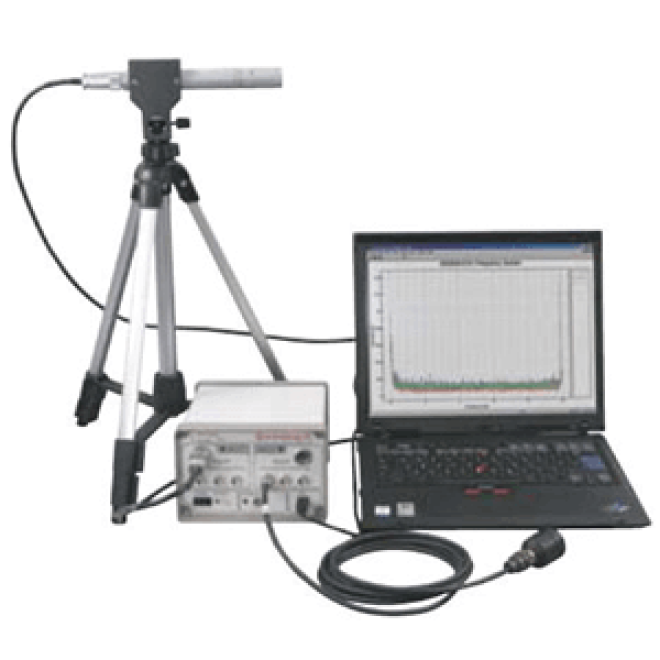- Contact Us
- |
- Jobs
- |
- About Us
- |
- |
-
- Personal information
- Organization
- Quotes
- Address book
- Login
- Don't have an account? Sign-up
In-House EMC Troubleshooting
- Home
- TEMPEST Measurements, SCIF & Project consulting
- In-House EMC Troubleshooting

Developing an In-House EMC Troubleshooting and pre-compliance test labs
Pre-Compliance test labs
Testing for EMC is usually time consuming and expensive, so why not set up a test lab yourselves? Investing in the equipment required to test and troubleshoot the most likely things that cause test failures is usually well worth the expense. Repeatedly moving back and forth between the R&D lab and compliance test lab can consume weeks of time and lead to project cost overruns.
Generally there are four problems that need to be tested:
Conducted Emissions. These are the noise currents generated by the Device-Under-Test (DUT) that propagate through the power cord or harness to other components/systems or a power grid. Testing is performed according to CISPR 11 or 22 and requires a LISN (line impedance stabilization network) suited for AC or DC supply voltage.
Radiated emissions testing involves measuring the electromagnetic field strength of the emissions that are unintentionally generated by your product. An oscilloscope can be useful, but you probably want a spectrum analyzer. In addition, you’ll want a set of near-field probes, a current probe, a calibrated (or uncalibrated – see note 1) EMI antenna, and possibly a 20 dB gain broadband pre amplifier to boost the signal from the probes.
Radiated immunity is a measure of how much external E-fields the product or system can tolerate from external sources like broadcasting, cellular phones or two-way radios. An RF generator that can tune the required frequency band (and possibly an RF amplifier to boost the signal level) is what you need.
Electrostatic discharge is the sudden flow of electrity between two electrically charged objects caused by contact, an electrical short, or dielectric breakdown. The equipment you need for this is an ESD simulator.
The most common problem is radiated emissions, so you might want to focus on this kind of equipment. Most of the above equipment is available on the used market. Even the new, lab-quality equipment is not that expensive, especially for per-compliance testing. You also need to factor in some extra equipment for fringe cases, such as a real-time spectrum analysis for signals that may only appear infrequently or signals, such as wireless communications, that may not display clearly on low-cost sweep analyzers. In addition, you might want to stick with higher-end lab-quaity equipment (which has a higher performance) for reasons of your own.
